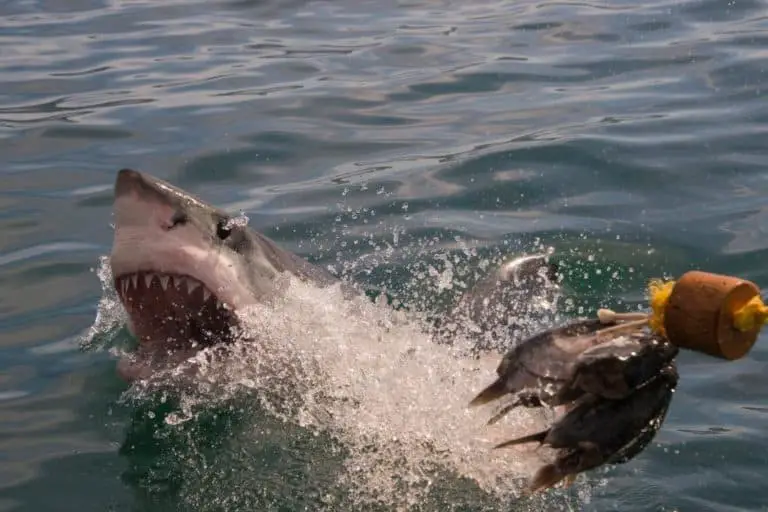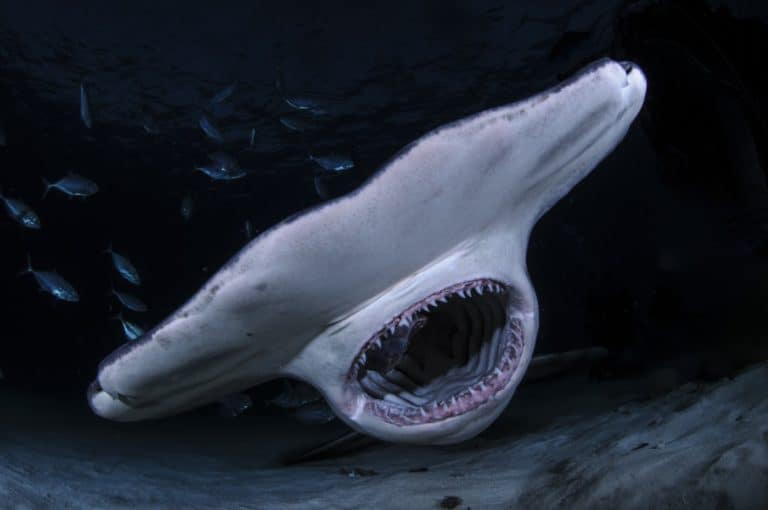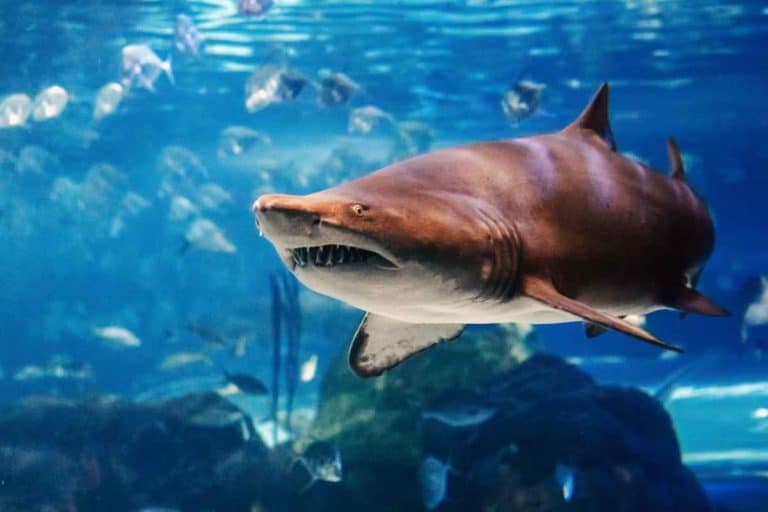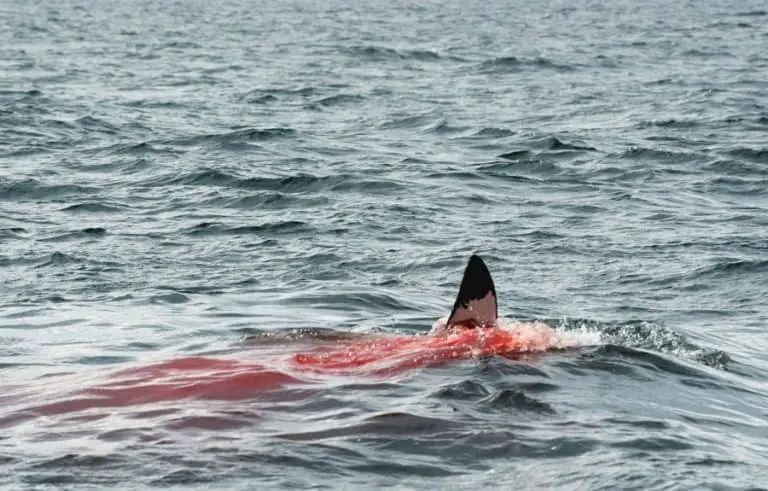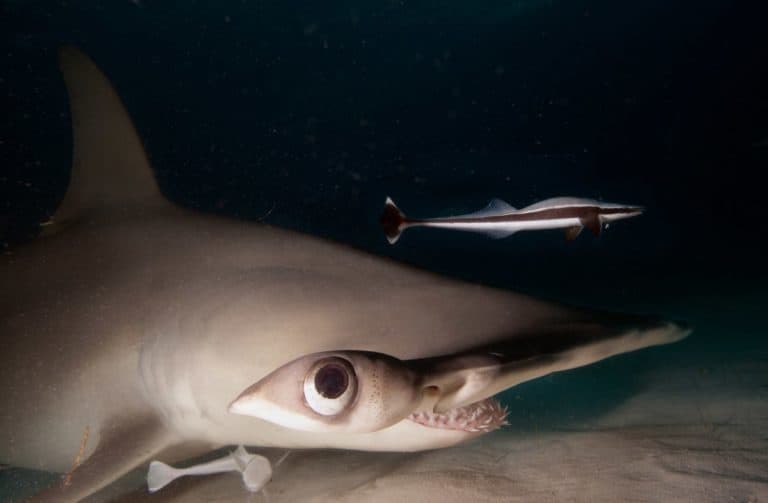How many Bones do Sharks have?
This is a question that has puzzled both marine biologists and the general public for many years.
This confusion is because sharks are some of the most ancient (and portrayed as the scary) fish in our oceans; they do not have bones like we expect them to have but instead make up their skeletons with cartilage.
So you may be asking yourself if they don’t have bones, how do we know how many there are?
The “bones” are not just used to provide support and protection like other vertebrates. One of their primary functions involves sucking water into their mouths to force it through gills for oxygen exchange.
Some species of sharks have up to 200 pairs of gill slits that they use for this purpose.
With this in mind, we can start to understand why bones would be more of a hindrance than a help when breathing and moving around the ocean.
To pump water through their mouths, we must consider the massive amount of force generated when a shark takes in water and how this would affect their spongy bones if they actually had them.
What is a shark skull made of?
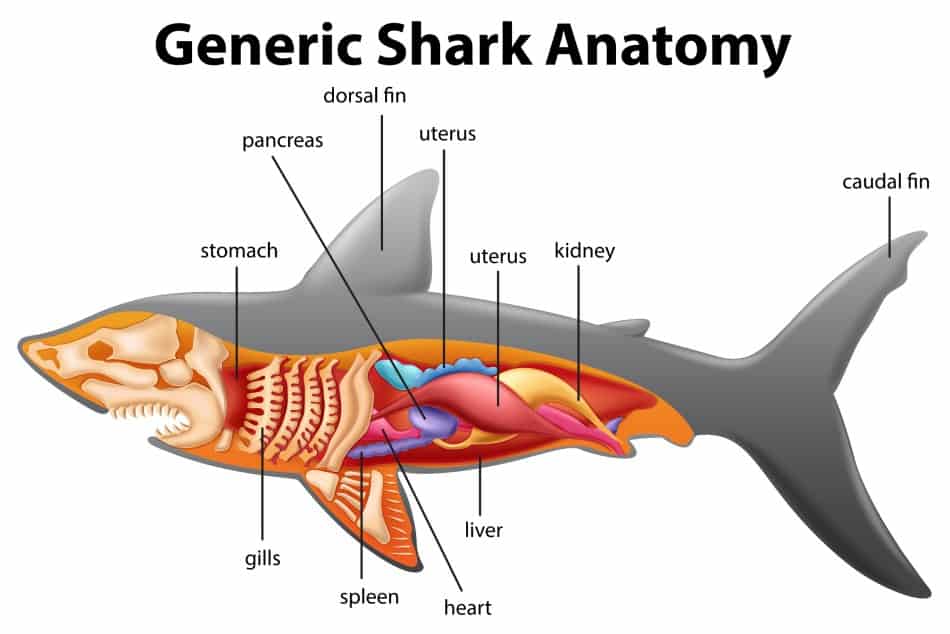
Sharks do not have a clavicle or collar bone like we humans and other vertebrates have; instead, they have 2 sets of cartilage.
One is called the hyoid, which supports their jaw below, while the other surrounds the brain (and sometimes extends out to form their “pineal organ”) and can be used to protect the shark’s brain and eyes in times of need.
A pair of cartilages support their jaws called the upper and lowered hinged cranium. This is attached to their hyoid apparatus through another cartilage (technically called the basihyal).
So that about wraps up our look at what a shark’s bones are made of.
But can you imagine how complex it would be to have a bunch of small bones in your face and jaw?
This is why a shark bite is much more dangerous than being bitten by another animal. If the wound became infected, there is a severe risk of the victim dying from a condition known as sepsis.
A defense mechanism that sharks developed for them to catch prey more effectively are their “Jaws.”
Jaws are massive appendages located on both sides of a shark’s head which contains up to 3000 teeth…yes, you read that correctly! (Greenland sharks can have as many as 5000!)
Each of these teeth is mounted on a tough membrane that contains thousands of tiny teeth called “Ventrodorsal spines.” These needles act like serrated blades and lock into place when they come into contact with something. Once this happens, it is literally impossible for the shark to lose its grip.
In fact, there are cases where these dorsal teeth were found embedded in the hulls of boats!
Their bodies are covered by three scales (dermal denticles), and they have two significant fins used for swimming. The front fin is called a “Nasal” or “Anterior” Fin, while the rear one is called a “Pectoral” Fin.
All sharks have multiple fins, but the size, shape, and number of those fins can vary depending on the species.
Are sharks all cartilage?
A shark’s skeleton is made up of cartilage rather than bones. This material is much more flexible than bone, allowing it to move in ways that would be impossible for a fish with bones.
The shark’s cartilage is composed of many small cells called “Chondrocytes.” These are not as large as the cells found in bone tissue, but they get the job done just fine.
This unique material provides such strength that no other group of animals is known to have evolved this kind of skeleton.
If I’m not mistaken, the only other creatures with cartilage in their skeletons are mammals and birds. This is because they both descended from a reptile known for having cartilage for skeletal support.
Do sharks have tongues?
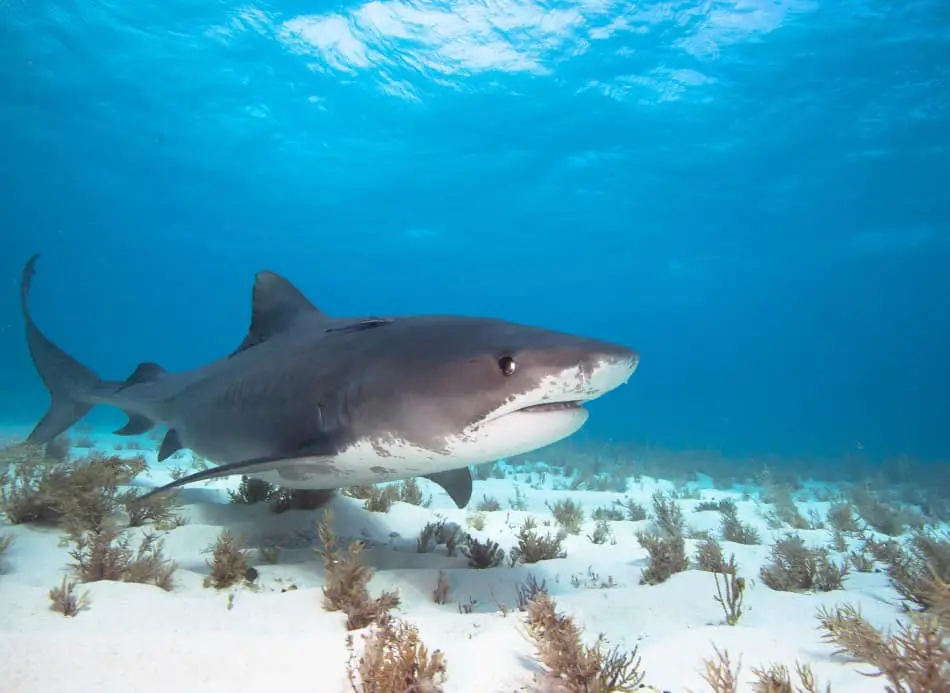
Sharks have a well-developed tongue which use to taste the food before swallowing it whole.
The shape and size of this organ will vary depending on the species, with some having long tongues (like in Great Whites) and others having short, stubby ones.
By using such a versatile tool, sharks can locate prey under the sand and deliver a crushing bite using their rows of sharp teeth.
And that’s pretty much everything you need to know about the anatomy of a shark!
With all those teeth (and jaws), wearing a wetsuit is not advised if you find yourself face-to-face with one, but other than that…enjoy, and remember to brush your teeth 😛
What fish have no bones?
Most cold-blooded fishes will have a skeleton made up of cartilage, an elastic material that makes them more flexible.
But some types do have tiny bones useful in study, but not for food. The sturgeon and Salmon belong to this category, and these are also known as the bony fishes. The bones found in this type of fish are more complex than those found in other kinds of fish.
Some characteristics that differentiate a bony fish from others are:
The skeletal system has an increased number of bones, they have scales and two dorsal fins, and the gills present in most species are covered by a bony operculum.
Not all bony fishes need to have bones, but some species like sturgeon and Salmon do have bones present in their bodies. These two groups of fish also include cartilage as their primary skeletal support material and some bone structures in the body parts.
It is important to note that having bones has nothing to do with the number of gills. You might have heard that a fish without bones will not be able to breathe correctly, but this is actually false. The truth is that they actually have more gills than a bony fish but are not visible because they are under the skin. The bones are also helpful because they make the fish stronger and fight more effectively against other fishes.
Bony fish can survive in both saltwater and freshwater and live in a colder or hotter environment. You might be surprised to know that bony fishes live on land too! This is possible because some types of bony fish can leave saltwater for drylands, such as the eels.
The bones of most bony fish are connected to a network of joint cartilages, which allows them to move their fins and jaws in many different directions while swimming.

